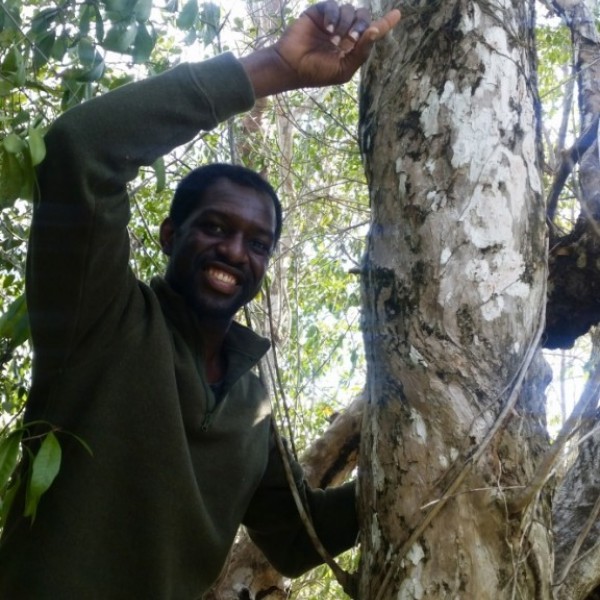
Phylogenetic Investigation of Fusarium spp. isolated from Vanilla roots 2015
Chicago Botanic Garden
Genetics, Soil & Fungal Biology
Vanilla planifolia is an economically valuable orchid that is widely used for flavors and fragrances. Worldwide, the Vanilla industry usually encounters recurring threats from Fusarium oxysporum, a fungal pathogen that causes root and stem rot. Studies have revealed that Vanilla farms lose up to 67% of plants when infected by Fusarium oxysporum. Studies also show that poor identification of Fusarium spp. is obtained when using a single genetic marker such as ITS. The current literature suggests that Fusarium oxysporum is the main cause of Vanilla root and stem rot. We hypothesize that a suite of Fusarium species including F. oxysporum frequently associates with healthy V. planifolia roots. Based on our preliminary results, obtained using ITS, Fusarium species can be isolated from healthy V. planifolia roots. The goal of this project is to use other gene markers (e.g. Tef1 and RPB2) to elucidate these root associated Fusarium species. The prospective REU intern will be trained to use molecular techniques that will improve the resolution of Fusarium spp. previously identified using ITS that were isolated from Vanilla planifolia roots. At the conclusion of this project the intern will produce a multigene phylogeny that provides supplemental information that will clarify whether certain Fusarium spp. are potentially fungal endophytes of Vanilla.


